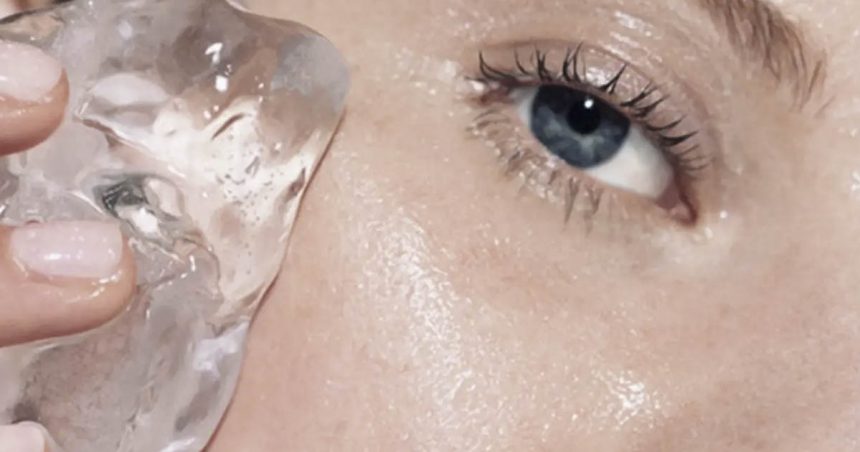When it comes to skincare tips, social media is filled with various trends. From DIY coffee exfoliators to banana peel rubs, the options can be bizarre. It’s important to be cautious and consult dermatologists before trying any new trend to avoid skin damage or wasting money. One popular trend is the ice facial, which involves rubbing ice over your face. While there is little scientific evidence to support its benefits, some claim it can tighten saggy skin, reduce oiliness, and brighten overall skin complexion. However, excessive use of ice facials can lead to skin damage, so it’s essential to follow safety tips when trying this trend at home.
What are Ice Facials?
Ice facials, also known as facial skin icing, are a form of cold therapy that aims to improve the skin’s appearance. Supporters claim that it can combat wrinkles, reduce oiliness, and improve blood circulation in the face. While the benefits of ice facials are temporary, they are easily accessible and affordable, making them worth a try as part of your skincare routine. However, it’s important to be cautious and not overdo it to avoid any potential skin damage.
There is little scientific evidence about ice facials, but fans claim they can lead to benefits such as:
- tightening saggy skin
- shrinking large pores
- reducing oiliness
- increasing blood circulation in the face
- easing acne pain
- smoothing wrinkles
- reducing swelling and inflammation
- brightening the skin overall [1]
While ice facials can provide temporary benefits such as reducing inflammation and soothing irritated skin, it’s essential to practice safe icing techniques to prevent any potential skin damage. Excessive use of ice facials can lead to broken capillaries and redness, especially for those with sensitive skin. It’s recommended to wrap the ice cube in a cloth and gently glide it over the skin for a short period. Following these tips can help you incorporate ice facials into your skincare routine safely.
Tips for Safe Icing
When trying ice facials at home, be sure to use ice from a clean tray and wrap it in a cloth before applying it to your face. Avoid pressing the ice directly on your skin for extended periods and instead, gently glide it over different areas of your face. It’s crucial to monitor how your skin reacts to ice facials and adjust the duration accordingly. By following these safety tips, you can enjoy the potential benefits of ice facials without risking any skin damage.
Ice Facials at Home: Step by Step
- Start by washing your hands and face with a gentle cleanser.
- Use ice from a clean and sanitized tray.
- Wrap the ice in a cloth and gently glide it across your face, avoiding direct contact with sensitive areas like the eyes.
- Pat your face dry with a clean towel.
- Apply your regular moisturizer to hydrate your skin after the ice facial.
- Start with short icing sessions and gradually increase the duration based on your skin’s tolerance [3]
Ice facials can be a refreshing addition to your skincare routine, providing temporary benefits such as reduced swelling and improved skin tone. Remember to consult with a dermatologist if you have sensitive skin or underlying skin conditions before trying ice facials. By following safety precautions and monitoring your skin’s response, you can enjoy the potential benefits of this chilly trend without causing any harm to your skin.
Sources
- “Skin Icing: How This Chilly Facial Benefits Your Skin.” Byrdie. Gerrie Summers and Michelle Rostamian. September 8, 2022
- “Can Ice Facials Reduce Puffy Eyes and Acne?” Healthline. Scott Frothingham. April 20, 2023
- “Should You Try an Ice Facial? Benefits, Tips, and Alternatives to Skin Icing.” GoodRx Health. Autumn Dewey. April 18, 2023






